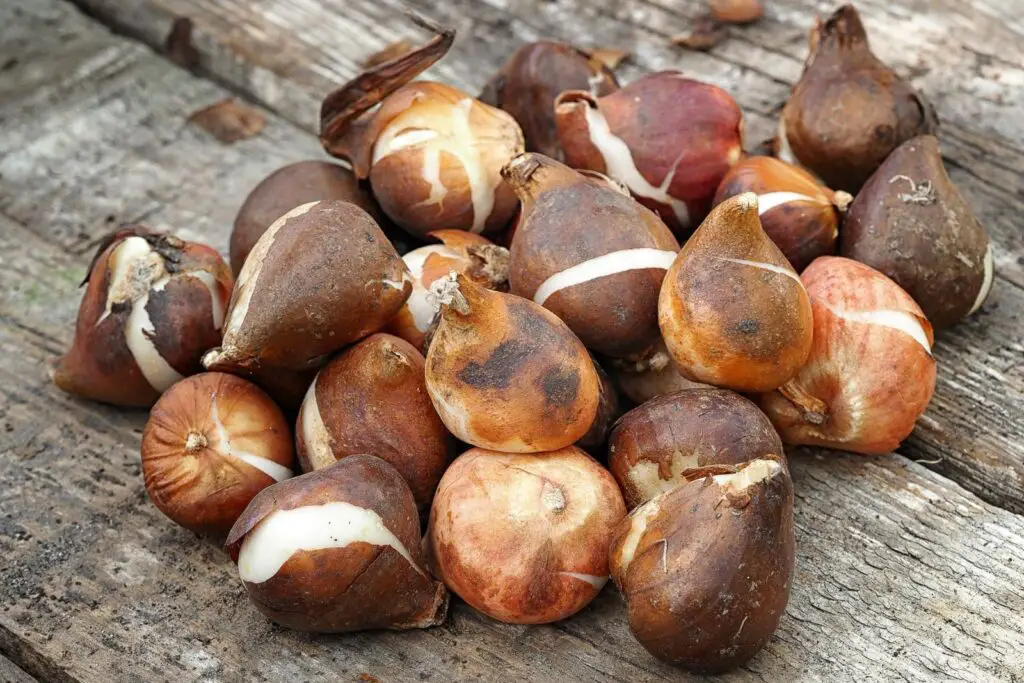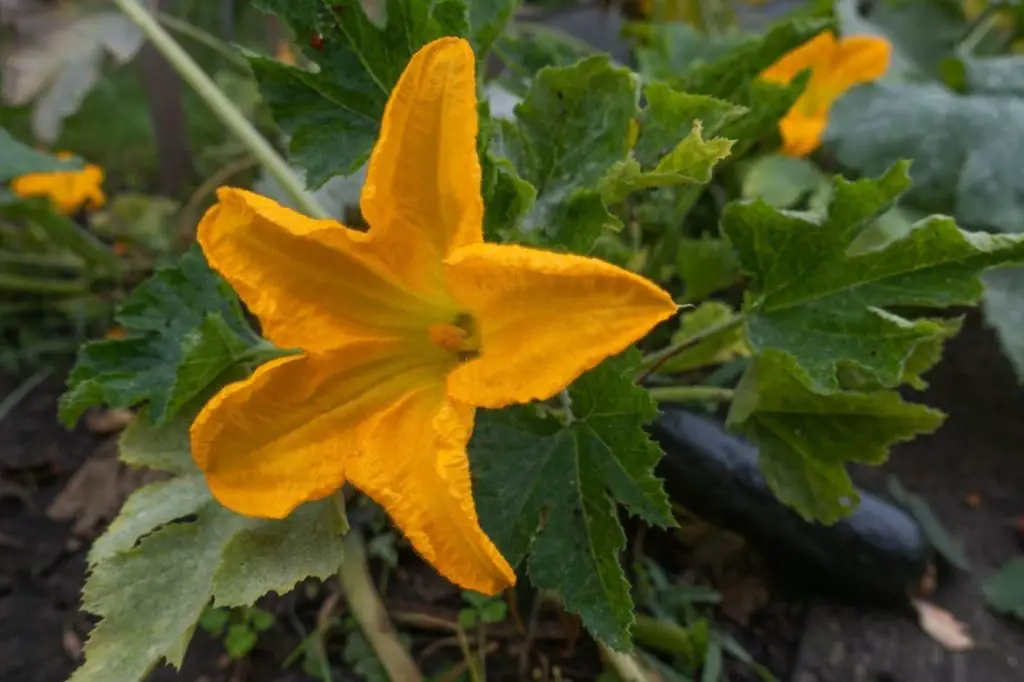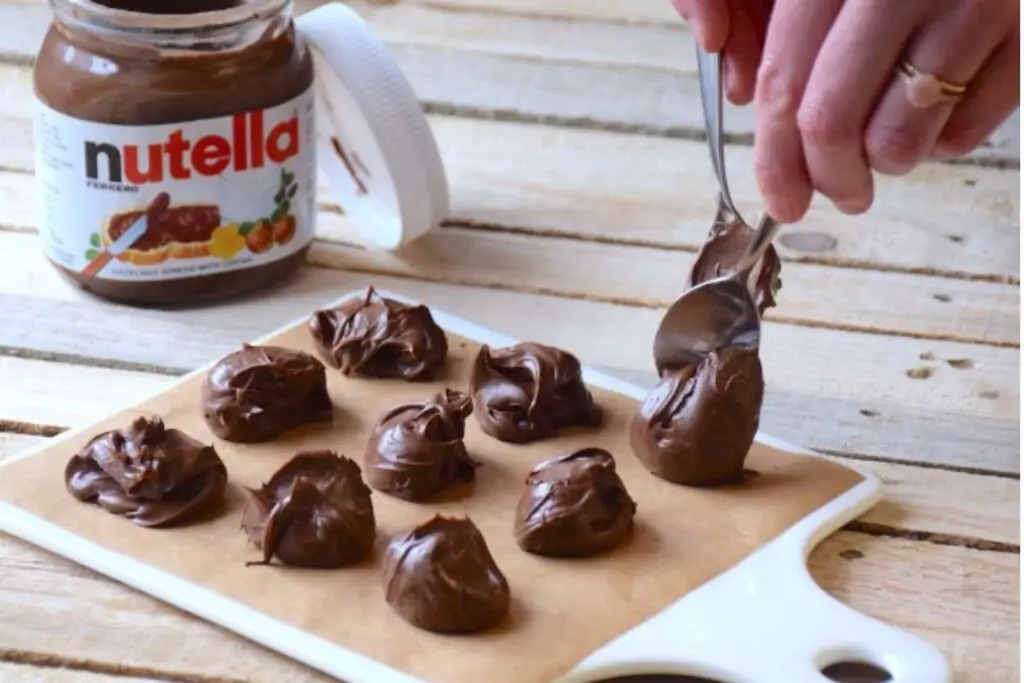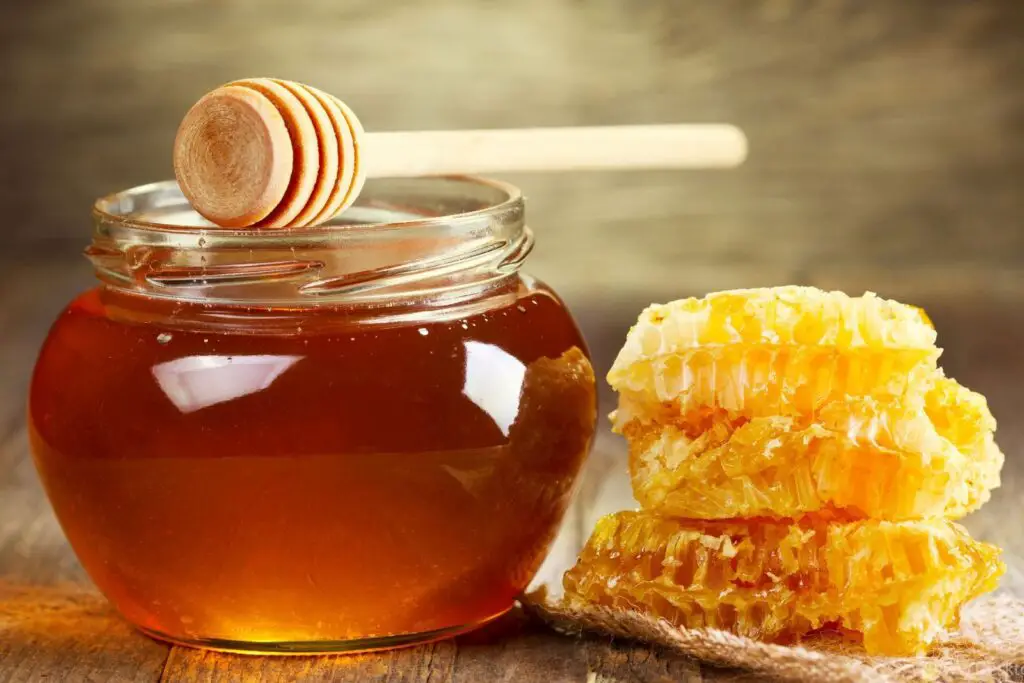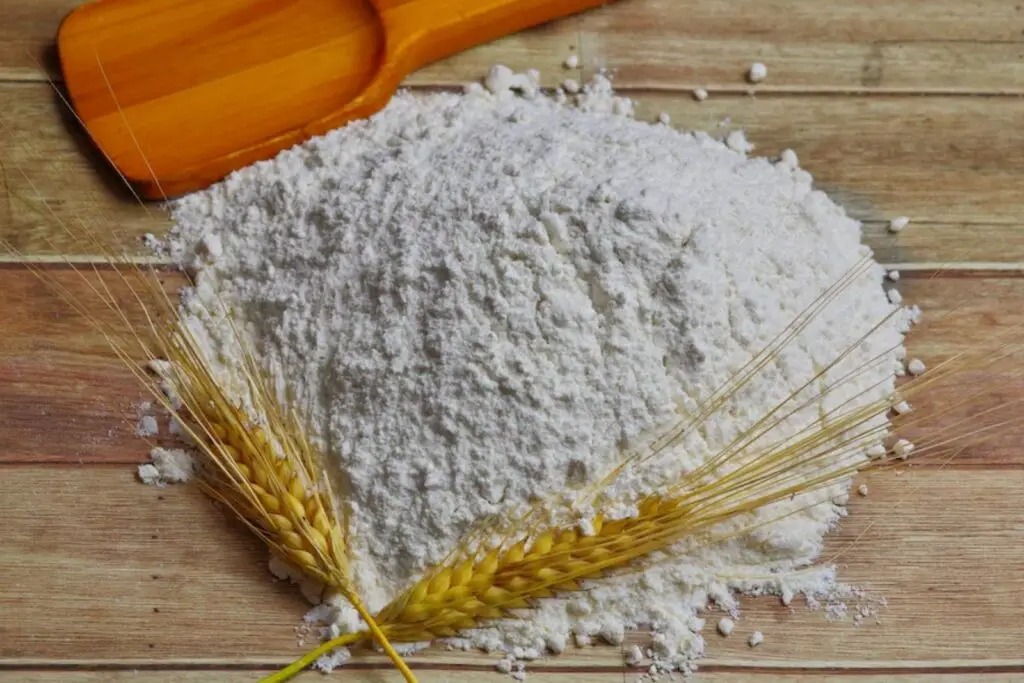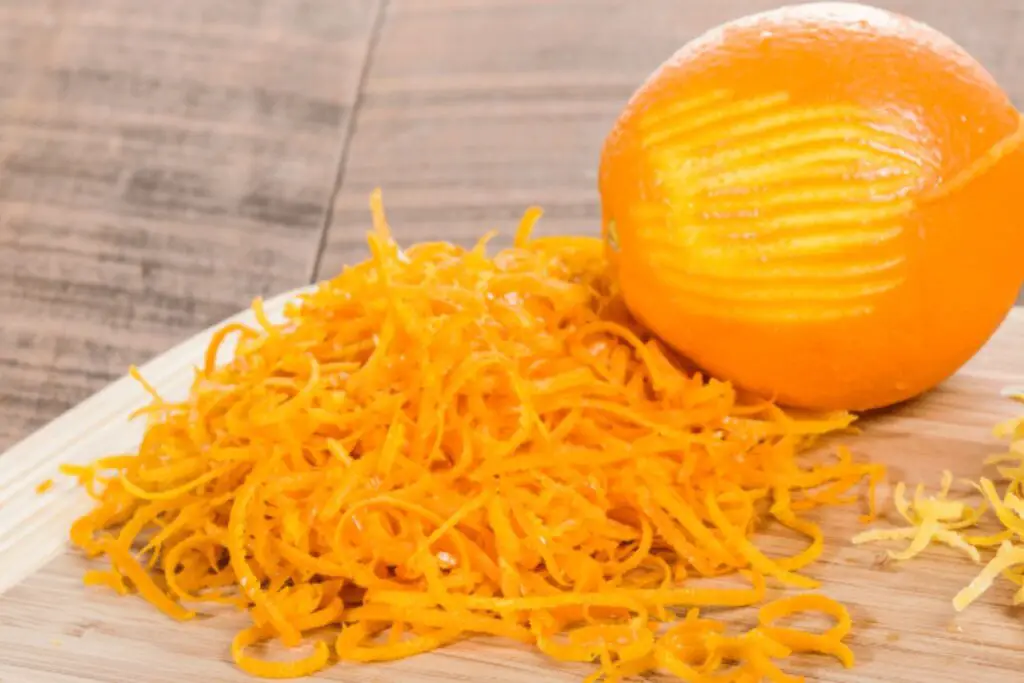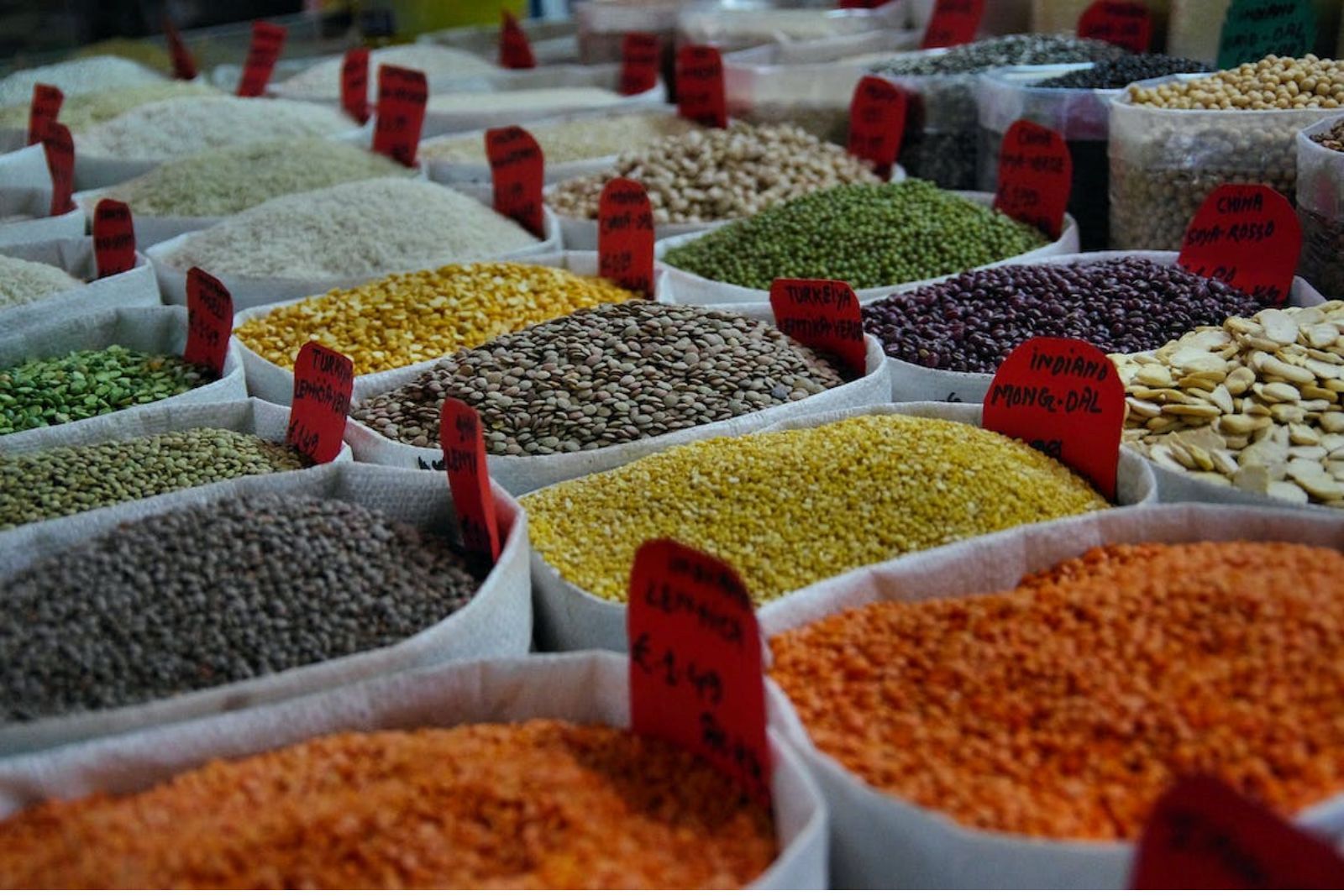
Seeds are the life force of plants, containing all the genetic information needed for growth and reproduction. Whether you’re a gardener looking to save seeds for future planting or a seed collector preserving rare or heirloom varieties, freezing seeds can be an effective method to maintain their viability over time. Freezing seeds can help extend their shelf life, protect them from pests and diseases, and ensure you have a ready supply of seeds for the next planting season. In this article, we will provide you with a step-by-step guide on how to freeze seeds properly, ensuring their long-term storage and optimal germination rates.
Here are simple steps on freezing seeds:
Step 1: Choose high-quality seeds
Selecting high-quality seeds is crucial for successful freezing and future germination. Healthy seeds from disease-free plants have a higher chance of retaining their viability during the freezing process. If you’re collecting seeds from your own garden, carefully examine the parent plants and choose seeds from those that display robust growth and disease resistance. Seeds that have reached their full maturity are more likely to have developed strong embryos, increasing the chances of successful freezing and germination later on.
Purchasing seeds from a reputable supplier ensures that you are starting with reliable and well-preserved genetic material. Reputable seed companies take great care in maintaining seed quality and often provide detailed information about the seeds they sell, including their origin, cultivation methods, and expected viability. By opting for mature seeds that have fully developed, you can be more confident in their ability to withstand the freezing process and maintain their viability over time.
Hybrid seeds, on the other hand, are the result of cross-pollination between two different plant varieties. While hybrid plants can exhibit desirable traits, the seeds they produce may not “come true” when planted. This means that the offspring may not possess the same characteristics as the parent plant. Therefore, it’s generally advisable to avoid freezing seeds from hybrid plants if your goal is to preserve specific traits or grow plants that closely resemble the parent plant.
Step 2: Clean and dry the seeds
Cleaning and drying the seeds before freezing is crucial to remove any debris, contaminants, or remaining plant material that could negatively impact their storage and viability.
When seeds are harvested, they often come with plant residues such as pulp, flesh, or sticky substances that can cling to their surface. These residues can potentially harbor pathogens, fungi, or bacteria that may affect the seeds’ health during storage. By cleaning the seeds, you minimize the chances of introducing harmful microorganisms that could compromise their viability.
To clean the seeds, start by placing them in a fine mesh strainer or sieve. Rinse them gently under running water, using your fingers or a soft brush to remove any visible debris. The fine mesh prevents the seeds from being washed away while allowing water to pass through and carry away unwanted materials.
After rinsing, it’s essential to ensure that the seeds are thoroughly dried before proceeding with freezing. Moisture on the seed surface can lead to the formation of ice crystals during freezing, causing damage to the seeds’ cells and reducing their viability. Drying the seeds also helps prevent the growth of mold or fungi that thrive in moist environments.
To dry the seeds, gently pat them dry using a clean cloth or paper towels. Avoid rubbing the seeds vigorously, as this can cause damage. It’s important to let the seeds air dry completely before moving on to the next step. You can spread them out on a clean surface, such as a tray or a piece of paper, and leave them in a well-ventilated area. Depending on the seed size and moisture content, drying can take anywhere from a few hours to a couple of days.
Can I freeze seeds directly from the garden without any preparation?
While it’s possible to freeze seeds directly from the garden, it is generally recommended to clean and dry them before freezing. Removing debris and ensuring the seeds are dry helps prevent moisture-related issues during freezing and storage.
Step 3: Prepare seed packets or containers
Preparing seed packets or containers for storing frozen seeds is essential for maintaining organization and ensuring easy access to specific seed varieties. It helps you keep track of the seeds, their viability, and simplifies the process of retrieving them when needed.
Using small, airtight containers or sealable plastic bags is a practical choice for storing frozen seeds. These containers prevent moisture from entering, which can lead to seed damage or loss of viability. Opt for containers that are specifically designed for freezing or those that have a strong seal to ensure an airtight environment. This helps to preserve the seeds’ quality and protect them from potential contaminants during storage.
Alternatively, you can use envelopes or small glass jars with tight-fitting lids for seed storage. Envelopes provide a convenient and cost-effective option for smaller seed quantities, while glass jars offer additional protection and visibility of the seeds. Ensure that the containers or envelopes are clean, dry, and free from any residues that could affect the seeds’ integrity.
Labeling each packet or container with the seed variety and the date of freezing is essential for maintaining proper record-keeping. By clearly identifying the seed variety, you can easily locate specific seeds when needed, especially if you have multiple varieties stored. The date of freezing allows you to monitor the age of the seeds and their expected viability over time. It’s recommended to use permanent markers or labels that are resistant to moisture and freezing temperatures to ensure the information remains legible throughout the storage period.
Maintaining an organized system for seed packets or containers simplifies seed management, helps you keep track of seed viability, and enables you to plan future planting accordingly. It ensures that you can easily retrieve and use the seeds when the time comes, minimizing any confusion or potential loss of seeds due to disorganization. Taking these steps contributes to the overall success and efficiency of seed freezing and storage.
Can I freeze seeds in regular plastic bags?
While it is possible to freeze seeds in regular plastic bags, it is recommended to use sealable plastic bags specifically designed for seed storage. These bags provide better protection against moisture and air, helping to maintain seed viability for a longer period.
Step 4: Pack the seeds for freezing
Properly packing the cleaned and dried seeds into suitable containers or packets is crucial for their successful freezing and long-term storage. It ensures that the seeds are protected, organized, and maintain their viability during the freezing process.
For small seeds, such as those from flowers or herbs, using small coin envelopes or foldable seed envelopes is an ideal choice. These envelopes are typically made of paper and provide a compact and lightweight option for storing small seed quantities. They allow for easy labeling and can be sealed to prevent moisture or contaminants from entering.
For larger seeds, such as those from fruits or vegetables, sealable plastic bags or small glass jars are more suitable. Sealable plastic bags provide a flexible and convenient option for storing larger quantities of seeds. They are resistant to moisture and can be easily sealed to create an airtight environment, protecting the seeds from freezer burn or exposure to external elements.
Small glass jars with tight-fitting lids offer an additional layer of protection for larger seeds. They are sturdy and can provide a more secure and durable storage option. Glass jars also allow for visibility, so you can easily identify the seed varieties without opening the containers.
Regardless of the chosen containers, it is important to leave some headspace inside. Freezing causes water within the seeds to expand as it turns into ice. Leaving adequate headspace within the container or bag allows room for the expansion without exerting pressure on the seeds, minimizing the risk of damage.
When packing the seeds, ensure that they are evenly distributed within the containers or packets. Avoid overcrowding to prevent the seeds from clumping together, which can make it difficult to separate them later. Additionally, if storing different seed varieties in the same container, consider separating them with dividers or using individual packets to prevent mixing.
Proper packing of the seeds not only protects them during freezing but also facilitates easy handling and retrieval when you need to access specific seed varieties. It contributes to the overall organization and efficiency of the seed storage system, ensuring that the seeds remain viable and ready for future use.
Step 5: Place the seeds in the freezer
Placing the packed seeds in the freezer is the final step before the freezing process begins. It’s important to handle the seeds with care and ensure they are positioned correctly within the freezer to maximize their preservation.
When placing the seed packets or containers in the freezer, select a flat surface to ensure even distribution of cold temperatures. This allows for consistent freezing across all the seeds, promoting uniform preservation and maintaining their viability. Placing the seeds in a single layer also prevents them from sticking together, which can make it difficult to separate them when you want to use them in the future.
Avoid placing anything heavy on top of the seeds or applying pressure to the packets or containers. Seeds are delicate and can be easily damaged. Excessive pressure or weight could crush or deform the seeds, compromising their viability. It’s essential to prioritize their protection and ensure they are undisturbed throughout the freezing process.
Additionally, be mindful of the temperature settings in your freezer. The ideal freezing temperature for seeds is around 0°F (-18°C) or below. Freezers that maintain a consistent temperature within this range help preserve the seeds’ viability effectively. Avoid frequent temperature fluctuations or opening the freezer unnecessarily, as this can affect the freezing process and potentially harm the seeds.
Step 6: Monitor the temperature and duration
Monitoring the temperature and duration of freezing is essential to ensure the optimal preservation of seed viability. By following these guidelines, you can maintain the ideal conditions for long-term seed storage.
Setting your freezer to a temperature of around 0°F (-18°C) or below is important because it creates a cold environment that slows down metabolic activity in the seeds. Freezing temperatures effectively inhibit biological processes, helping to maintain the seeds’ viability during storage. It is crucial to check and adjust the freezer temperature as needed to ensure it remains within the recommended range.
The duration of freezing can vary depending on the seed type and its specific preservation requirements. While a minimum of two weeks is generally recommended for most seeds, it’s important to note that some seeds may require longer freezing periods. Some seeds have naturally longer dormancy periods, and freezing can help break that dormancy and improve germination rates. It’s advisable to refer to specific seed preservation guidelines provided by reputable sources, seed catalogs, or seed suppliers. These resources often offer valuable information on the recommended freezing duration for different seed types.
Extending the freezing period beyond the minimum recommended time can provide additional assurance that the seeds have been adequately preserved. However, excessively long freezing periods may not provide additional benefits and can potentially lead to unnecessary moisture absorption or freezer burn. It’s crucial to strike a balance by following the guidelines provided for each specific seed type.
How long can seeds last in the freezer?
Seeds can last for several years in the freezer if stored properly. Under ideal conditions of constant freezing temperature (around 0°F or -18°C) and minimal temperature fluctuations, many seeds can remain viable for up to 10 years or more. However, some seed types may have shorter viability, so it’s recommended to consult specific seed viability charts or guidelines for accurate information on each seed variety.
Step 7: Thaw and test germination
Thawing the frozen seeds properly is essential to prevent any potential damage and ensure their viability for future use. When you’re ready to use the seeds, remove the seed packets or containers from the freezer and allow them to gradually come to room temperature. This process is important to prevent condensation from forming on the seeds, as rapid temperature changes can lead to moisture buildup. Condensation can create a favorable environment for mold or fungal growth, which can harm the seeds.
To thaw the seeds, place the seed packets or containers in a dry and well-ventilated area away from direct sunlight. It’s recommended to leave them undisturbed for a few hours or overnight, allowing them to reach room temperature naturally. Avoid using external heat sources or microwaving the seeds to expedite the thawing process, as this can damage the seeds.
Once the seeds have thawed and reached room temperature, you can proceed with testing their viability through a germination test. To conduct a germination test, select a small sample of seeds from the thawed batch. Plant them in a seed tray or individual pots filled with a suitable germination medium, such as a seed-starting mix or vermiculite. Follow the specific germination requirements for the seed type, including proper planting depth and moisture levels.
Place the seed tray or pots in a warm and well-lit area, ensuring they receive adequate sunlight or artificial light. Keep the germination medium moist but not waterlogged to promote seed germination. Monitor the seeds regularly and record the germination rate, which is the percentage of seeds that successfully sprout.
The germination test allows you to assess the viability of the thawed seeds and determine their germination potential. If a high percentage of seeds germinate and produce healthy seedlings, it indicates that the seeds have remained viable during the freezing and thawing process. However, if the germination rate is low, it may indicate a decrease in seed viability, and you may need to consider using fresher seeds for optimal results.
Other related questions
Can I refreeze seeds?
It is generally not advisable to refreeze seeds once they have been thawed. Freezing and thawing cycles can negatively impact seed viability and germination potential. Refreezing seeds can lead to cellular damage, moisture absorption, and decreased viability, resulting in reduced germination rates. It is best to plan seed usage carefully and avoid repeated freezing and thawing of seeds to maintain their quality and viability.
How do I know if the seeds have gone bad after being frozen?
To determine if frozen seeds have gone bad, there are several signs to look for. Inspect the seeds for physical changes such as discoloration, mold growth, or a foul odor, as these indicate deterioration. Conduct a germination test by planting a sample of the seeds in a suitable growing medium and monitoring their ability to sprout. If a low percentage of seeds germinate or fail to sprout at all, it suggests a decrease in viability and that the seeds may have gone bad.
Should I remove the seed coating before freezing seeds?
It is generally not necessary to remove the seed coating before freezing seeds. The seed coating provides natural protection and can help maintain seed viability during freezing and storage.
Are there any specific precautions to take when freezing small or tiny seeds?
When freezing small or tiny seeds, it is important to handle them with care to prevent loss or accidental mixing. Using small coin envelopes or foldable seed envelopes can help keep the seeds organized and prevent them from being misplaced or stuck together during freezing.
Can I freeze seeds that have been treated with fungicides or pesticides?
It is generally recommended not to freeze seeds that have been treated with fungicides or pesticides. These treatments may not withstand the freezing process, and there could be potential harmful residues. It’s best to use untreated seeds for freezing and consult specific guidelines if you have treated seeds.
Are there any alternative methods for seed preservation besides freezing?
Yes, freezing is one method of seed preservation, but there are other options available. Some seeds can also be stored in airtight containers in a cool, dry place. Additionally, certain seeds can be dried and stored in airtight jars with desiccants to reduce moisture content and maintain viability.

